This month’s artifact of the month comes as a recommendation from boss lady and is a claret jug inscribed to Francis Pettit Smith, a pioneer in the development of the screw propeller.
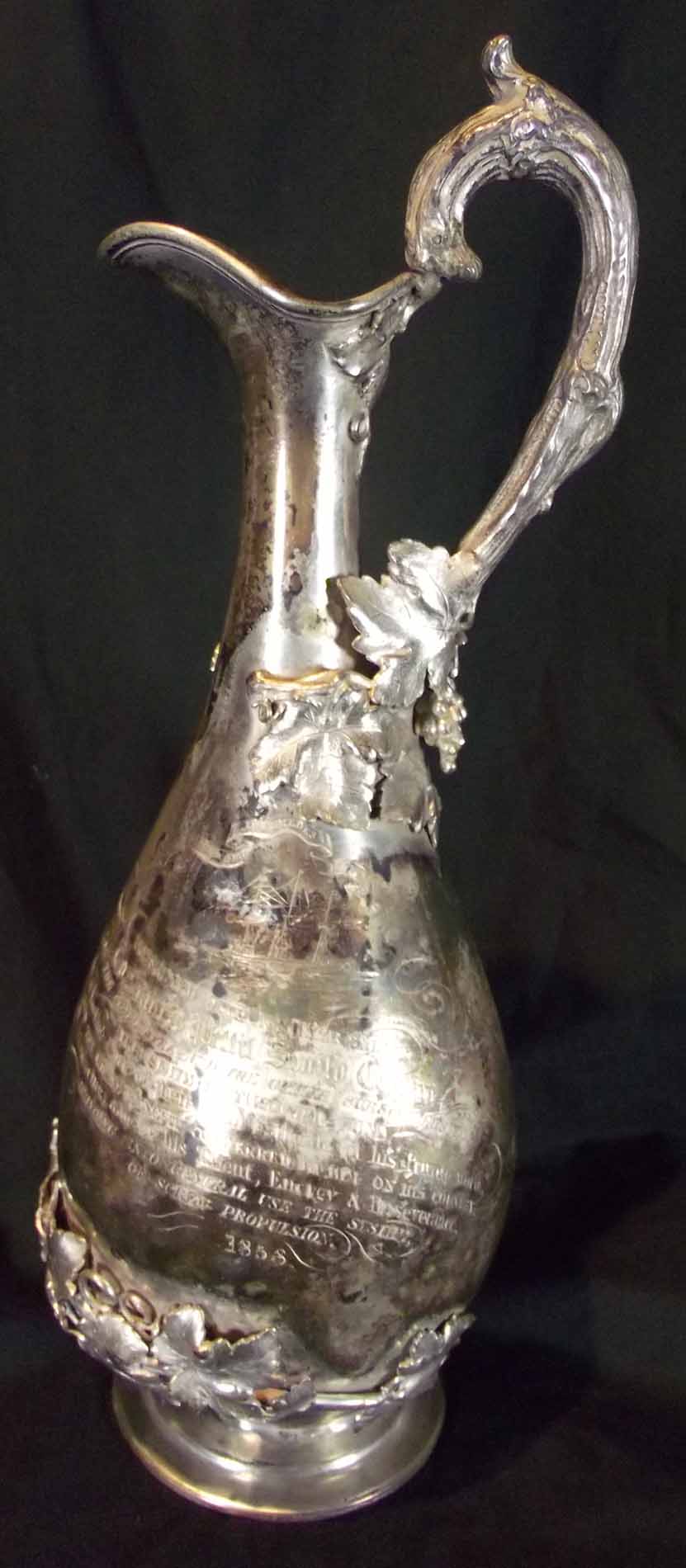

While not in the best of shape anymore, you can see how decorative and beautiful it must have been when presented to Smith. The inscription reads “The First Screw Ship ARCHIMEDES 1859 / Presented with a silver salver / TO FRANCIS PETTIT SMITH ESQUIRE / By the committee and the other subscribers to / To the Smith Testimonial Fund / As a lasting mark of their high estimate of his / private worth, and the great benefit conferred / by him on his country. / In introducing, and by his talent, energy and / perserverence. Bringing into general use the / system of screw propulsion. / 1858”
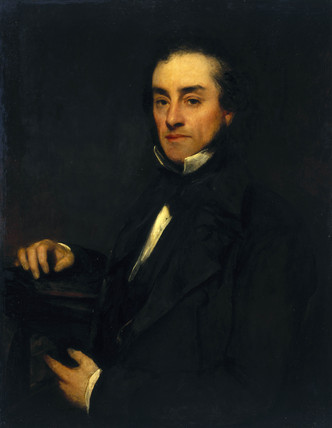
Smith was born on February 9, 1808 to Postmaster Charles Smith and his wife Sarah in Hythe, England. As a boy, Smith showed great skill in building model boats and creating methods of propulsion for them. In 1834 he managed to perfect a method of propulsion for one of his model boats by using a spring to drive a wooden screw. He was convinced that this was superior to the paddle wheel and in 1836 took out a patent for using a screw revolving underneath the water to propel watercraft.
Smith then helped organize the group that would build SS Archimedes in 1839, the first screw-propelled steamship, for which he would receive the claret jug above. He was also knighted in 1871 for all of his work.
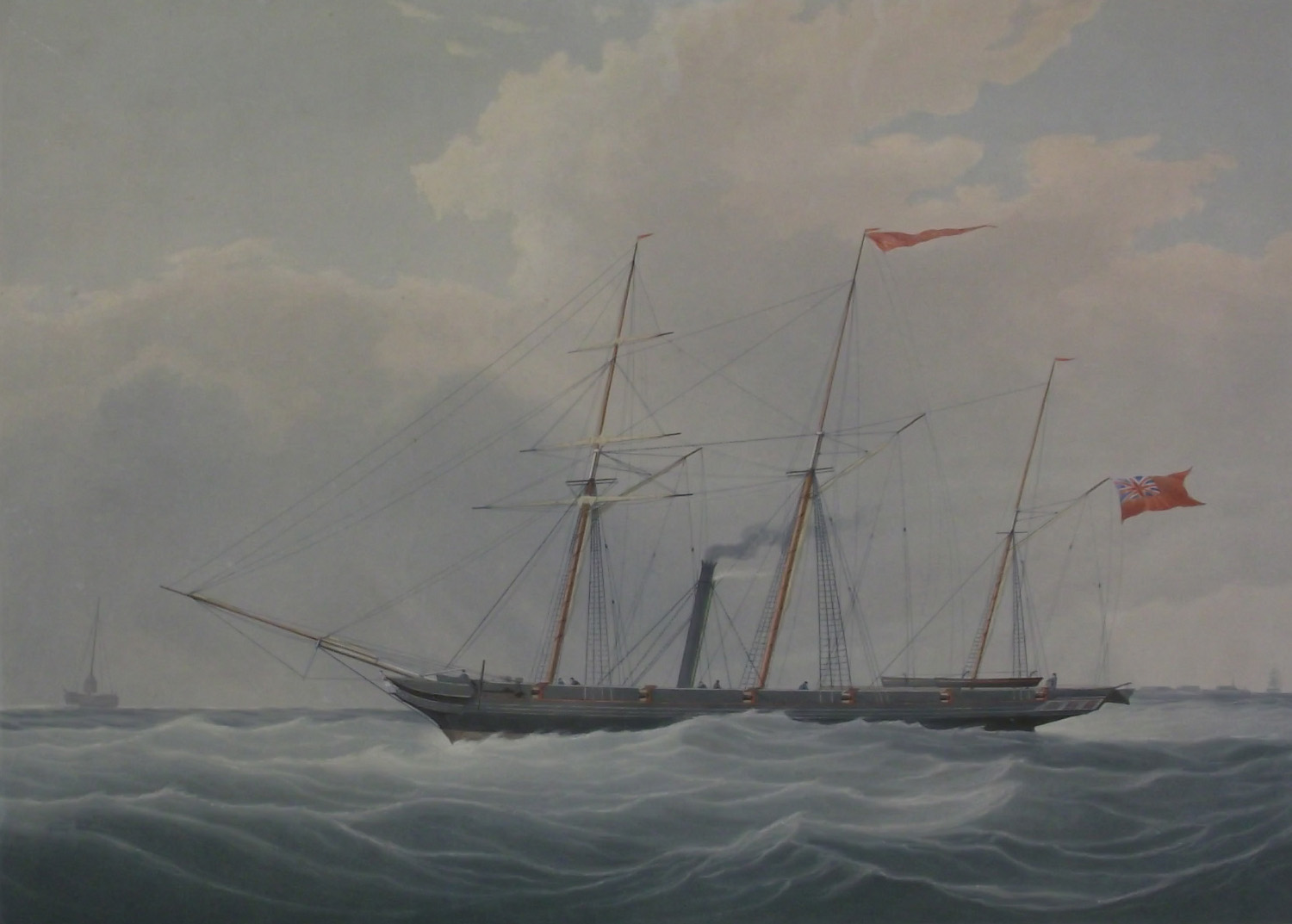
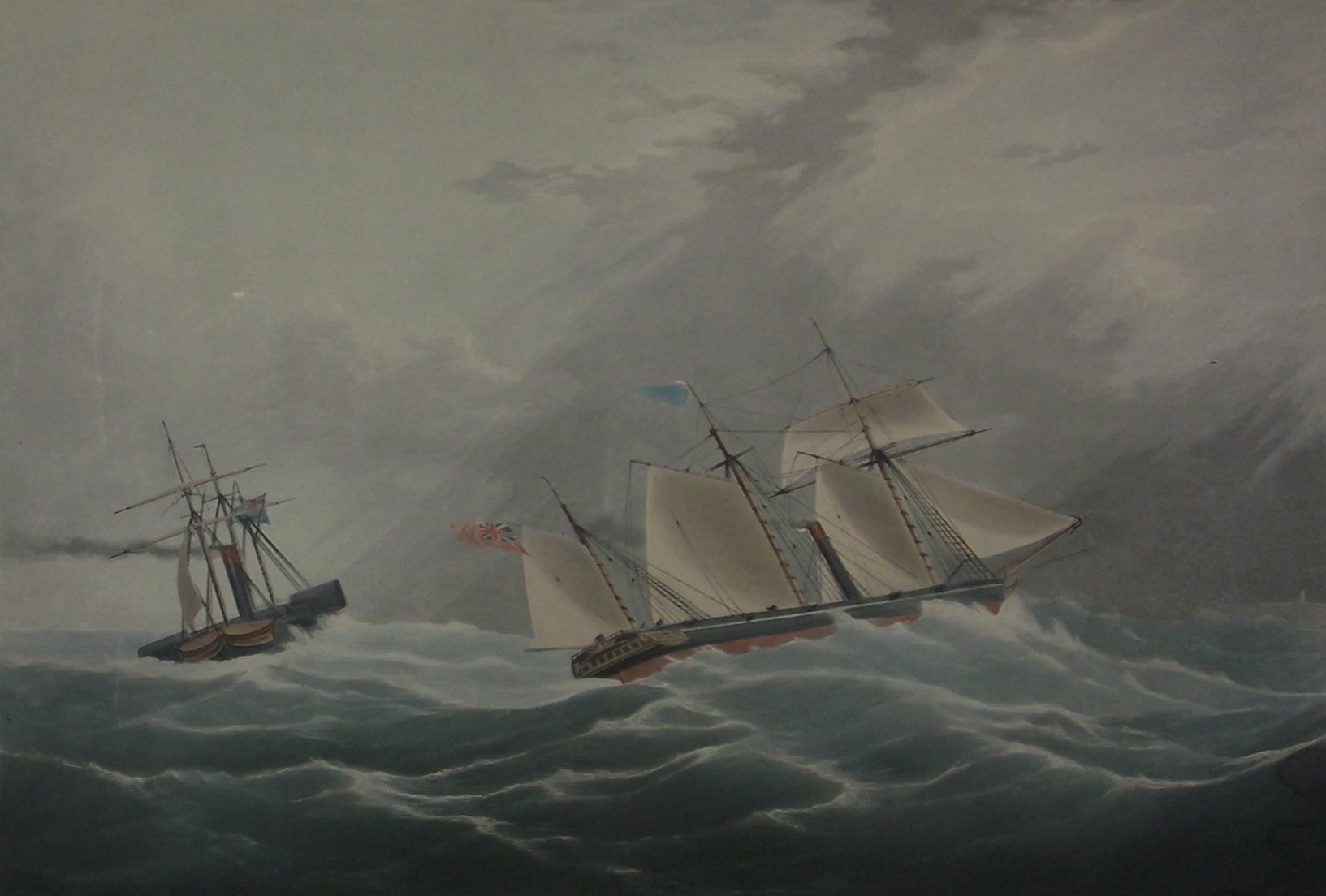
We are fortunate enough to have two prints of SS Archimedes in our collection. They both depict her “Off the Nore, on her trip from Gravesend to Portsmouth, which was performed in 21 hours, against a fresh breeze from the west….May 14th 1839.” Archimedes continued to be used until she reportedly grounded in the Netherlands in 1864.
What I find really interesting about the ship is it’s connection to ancient history. She was named after Archimedes of Syracuse, who is remembered for his many clever inventions, including the Archimedes screw, which was used most frequently for efficiently bringing water out of low-lying bodies and into irrigation ditches. Clearly Smith must have been influenced by Archimedes’ work for the ship to be named after the man.
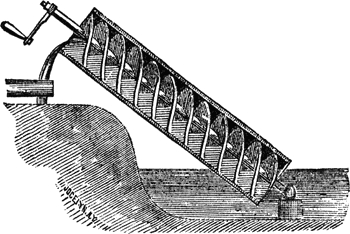
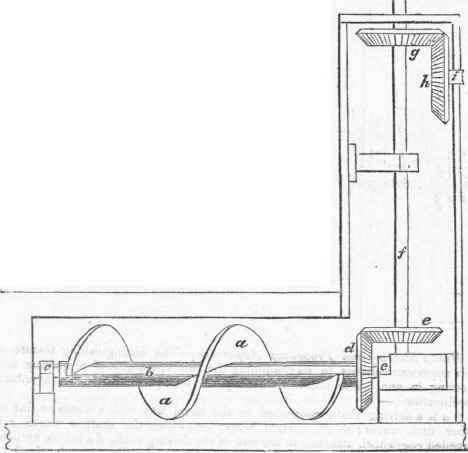
Considering that propellers are still used today, we can see how important the work of Smith and others was. Therefore the claret jug is an excellent piece to have in our collection as it commemorates this hard work. From an article about the presentation in the Illustrated London News, June 5, 1858, there was also a salver presented to Smith, but the whereabouts of that are unknown to me. It would be great if one day the two pieces could be reunited.